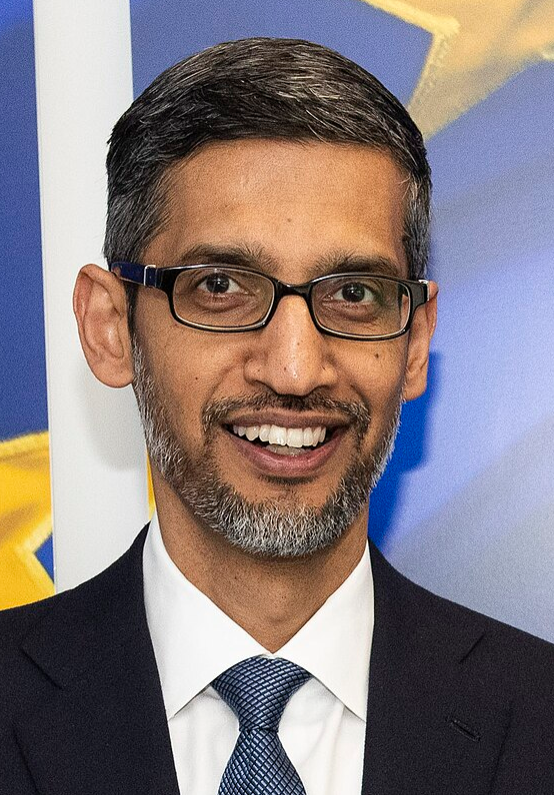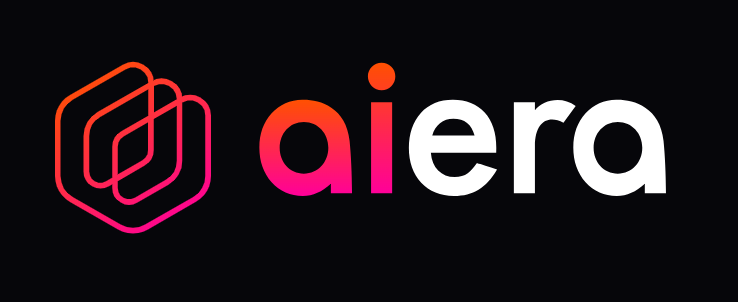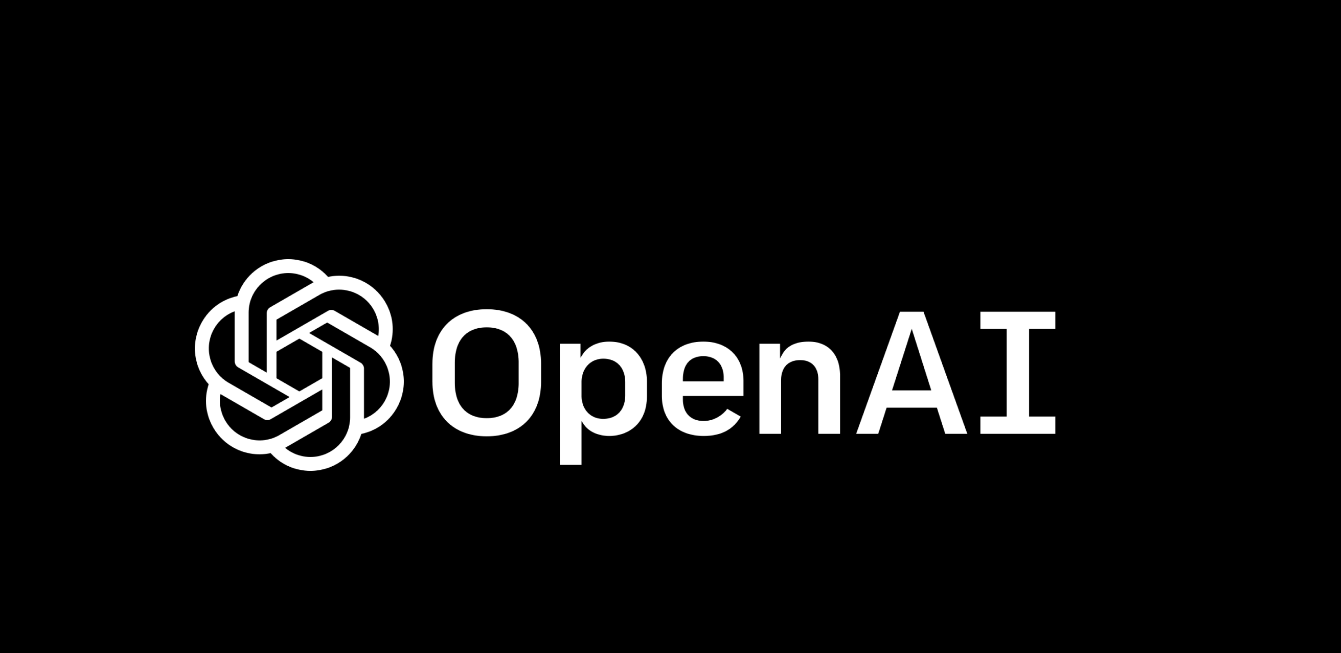During the recent third-quarter earnings conference by Google, a spotlight was shone on the tech giant’s strategies surrounding Artificial Intelligence (AI), as Wall Street eagerly sought answers on how the company plans to monetize its AI ventures. Google’s parent company, Alphabet, showcased an 11% revenue growth, marking a return to double-digit increases after more than a year. However, despite this growth, there was a noticeable dip in the company’s stock during extended trading, attributed to a less-than-stellar performance in cloud revenue.
Third Quarter
The conference saw Alphabet reporting a considerable investment in AI infrastructure, with capital expenditures in the third quarter escalating to $8 billion. Executives highlighted that this increase was predominantly driven by expenses related to AI compute and related technical infrastructure. Despite the substantial investment, there was a sense of ambiguity in the air, as the executives emphasized that we are still in the “early days” of exploiting advanced AI, leaving many pondering the potential return on these significant investments.
Search Generative Experience
A critical point of discussion during the conference was Google’s yet-to-be-released Search Generative Experience (SGE), a platform designed to provide a generative AI experience for product searches. While it represents a leap towards a more conversational and interactive era of search, SGE remains in the experimental phase and has not been made available to the broader public. Sundar Pichai, Google’s CEO, expressed optimism about SGE, stating that it would open doors for a broader range of sources on the results page and create new opportunities for content discovery.
“As we just think about the rollout of SGE across a user base. Like, how far along is that? And how do you balance the product rollout and consumer uptake versus monetization in that transition?” Lloyd Walmsley of Deutsche Bank asked Pichai.
“On the first part of our SG, we are still very early days in terms of how much we have rolled it out,” Google’s chief answered. “But we have definitely gotten it out to enough people and both geographically across user segments and enough to know that the product is working well, “ adding that the “true north” is getting the right user experience.
Vague Answers
However, Pichai’s responses during the conference, especially regarding the monetization of AI, were at times perceived as vague. He highlighted AI’s promising performance and profitability enhancements for advertisers on YouTube, noting advancements in AI-powered tools for content creation and video suggestions.
Brian Nowak, a managing director at Morgan Stanley, inquired about the indicators that investors should monitor to gauge the return on their capital investments.
“I know it’s early, but are there any examples that you’re seeing with SGE or Bard on higher utility, higher conversion rates? More engagement? Just something to sort of show signal around the return that could come from these investments?” Nowak asked.
“Obviously, we see AI as a foundational platform shift and are excited about opportunities across our business. It starts with search,” Pichai answered. “And I’ve been pretty pleased with how the user feedback has been on SGE,” while also saying it is creating worth across its range of products.
Pichai further stated that AI presents a chance to “evolve search and assistant for the next decade ahead.” He added: “I think as we have always seen when you continue to invest in both experiences, you can get value on the other side. And I do think over time there will be newer paths, just like we have done on YouTube.”
Chief Business Officer Philipp Schindler further elucidated these developments, emphasizing the platform’s potential to help businesses target their ideal audience more efficiently.
Schindler shared promising early test results, demonstrating a 54% increase in reach at a 42% lower cost, citing successful collaborations with brands like Samsung and Toyota. Additionally, Google’s new Performance Max campaign, enriched with AI features, was spotlighted as an example of how AI is starting to play a pivotal role in optimizing advertising goals.
However, with the advertising industry facing headwinds, questions remain about the long-term impact of AI on Google’s advertising ambitions and the industry at large. Eric Sheridan from Goldman Sachs inquired about this during the conference, prompting responses that reflected Google’s optimism but also left room for speculation.
“It’s probably the ultimate example of AI,” answered Pichai, responding to Sheridan’s question. “Those using it achieve like an average over 18% more conversions at a similar cost per action.”
Pichai also mentioned that a substantial 80% of their advertisers are already utilizing a minimum of one search feature enhanced by AI.
As Google continues to navigate the turbulent waters of AI innovation and monetization, Wall Street and the broader tech community remain on the edge of their seats, awaiting clear signals of how these massive investments in AI will translate into tangible profits.
Featured image: Credit: Lukasz Kobus (European Commission)






